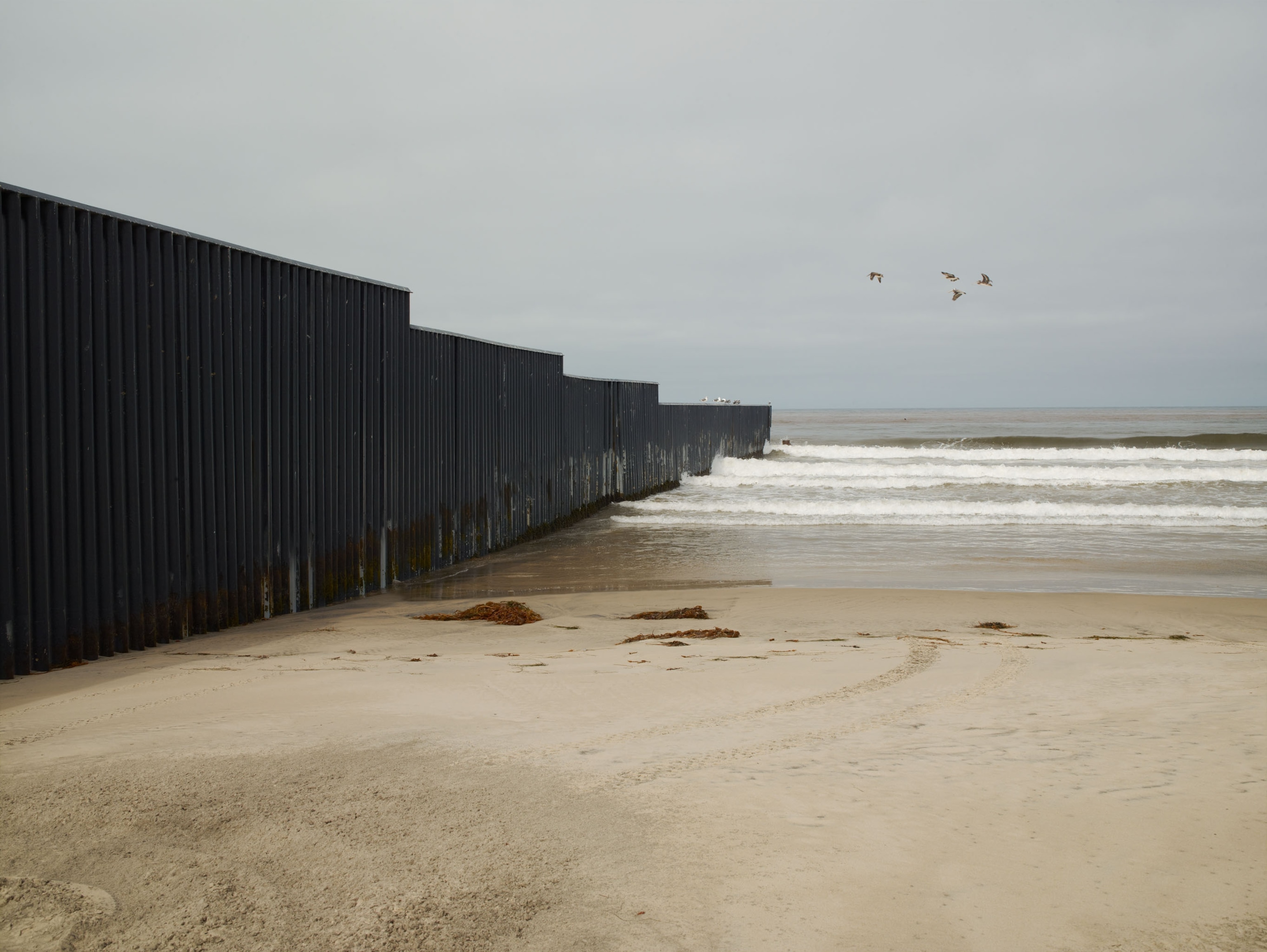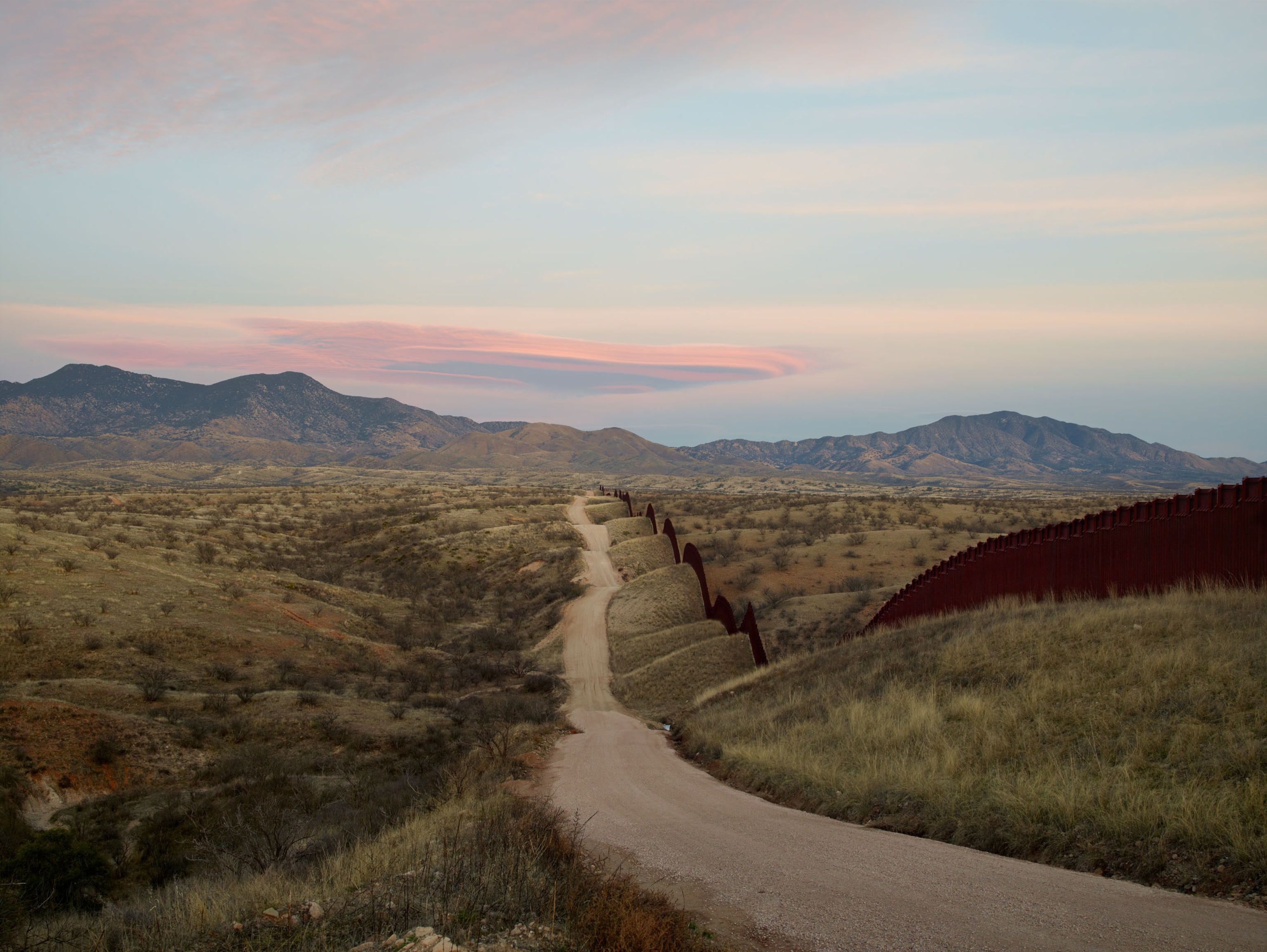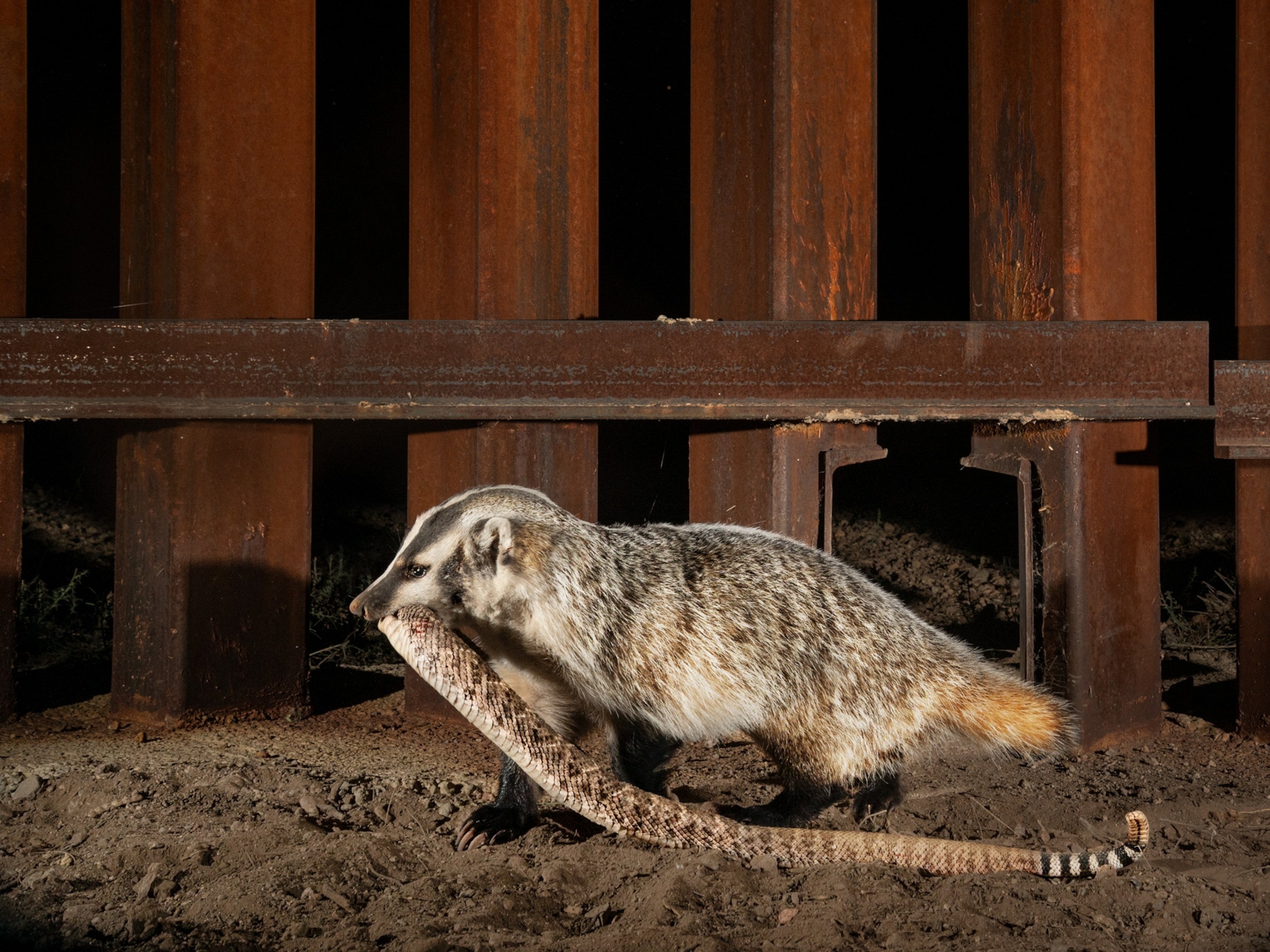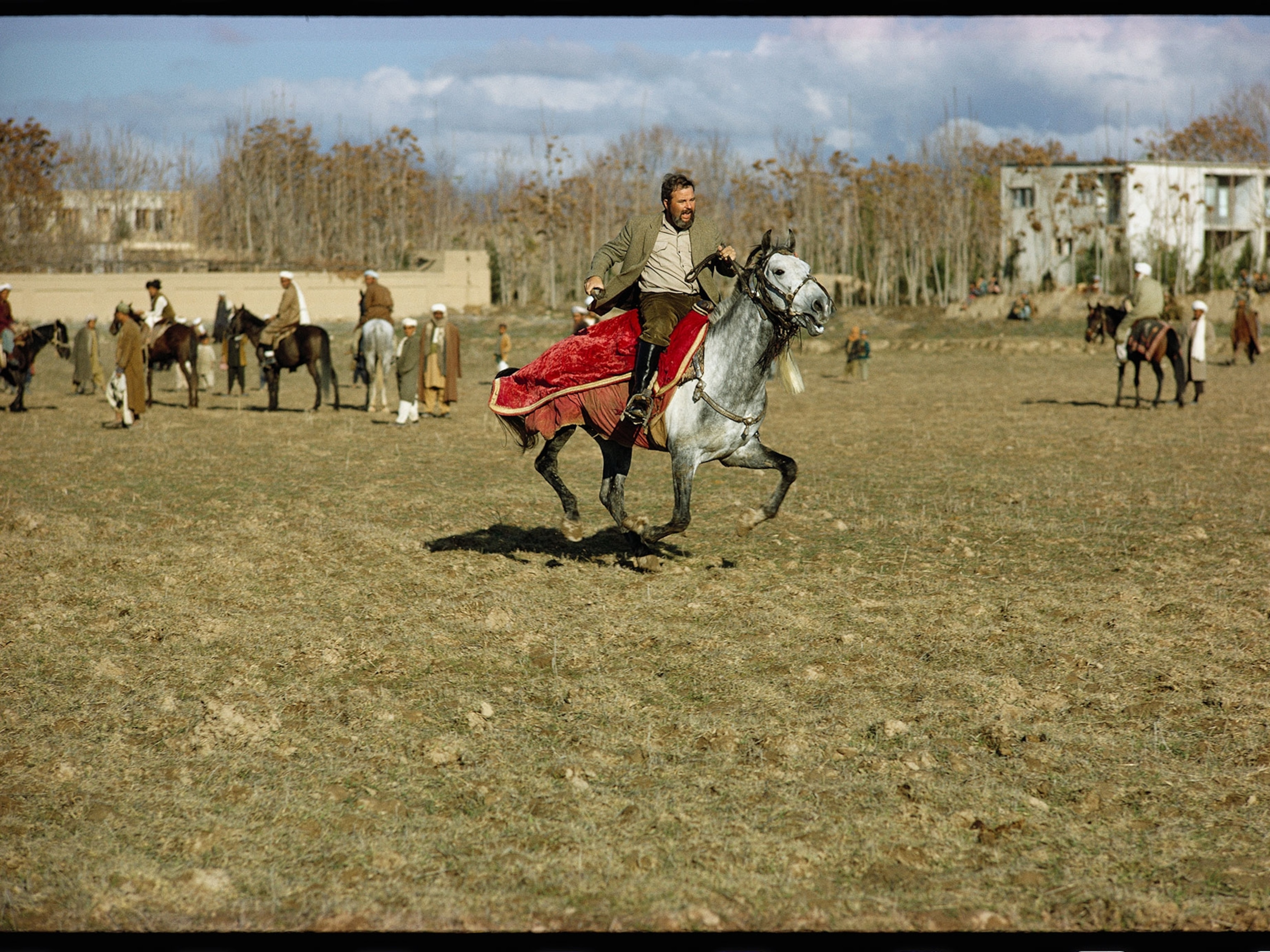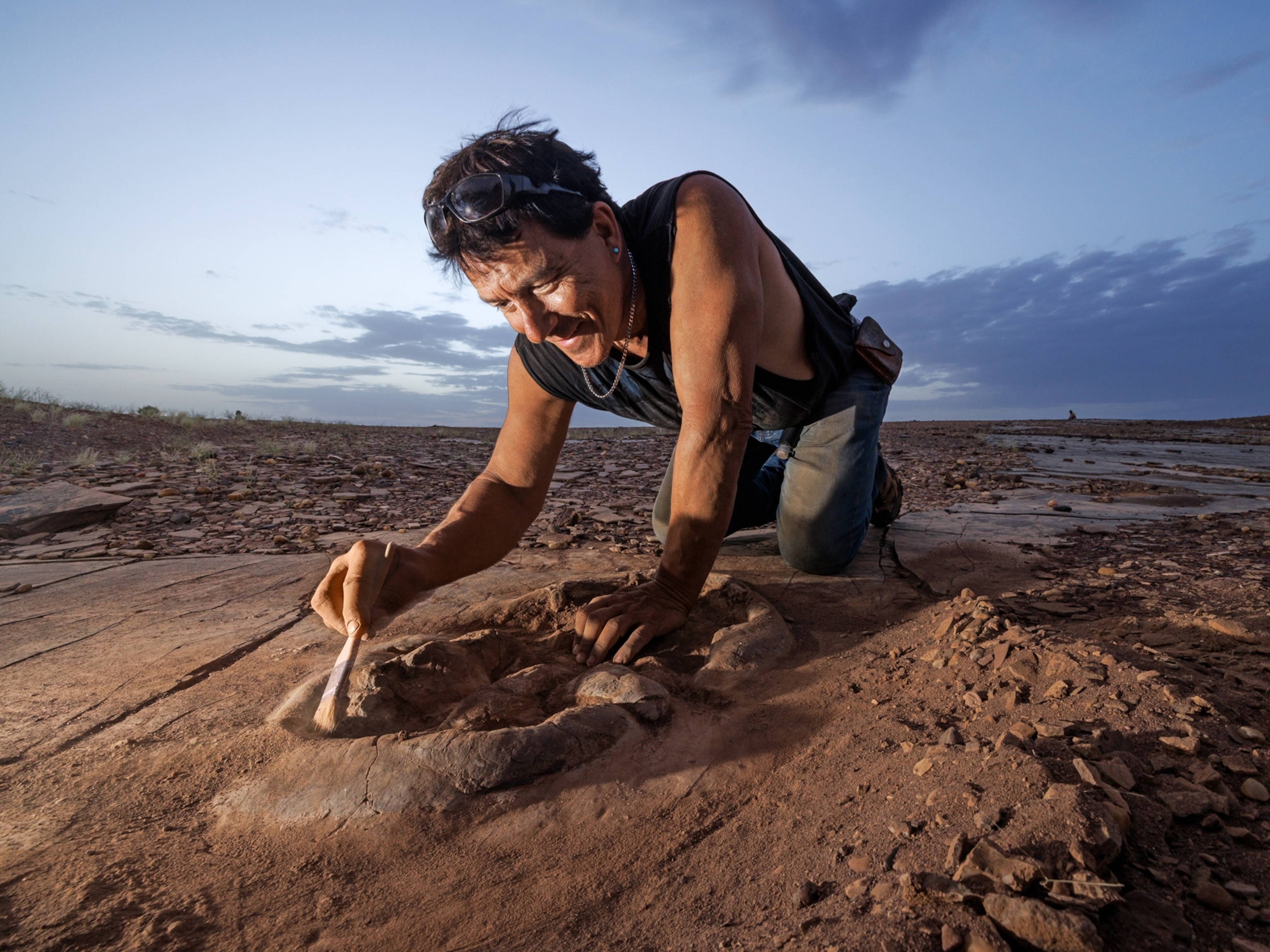I have been working in the American Southwest for nearly 40 years. In 2004 I came across something I hadn’t seen before: a blue barrel with a plain blue flag on a pole, with “agua” written on the side and several gallons of water inside. I photographed it because it was so unexpected, and it haunted me.
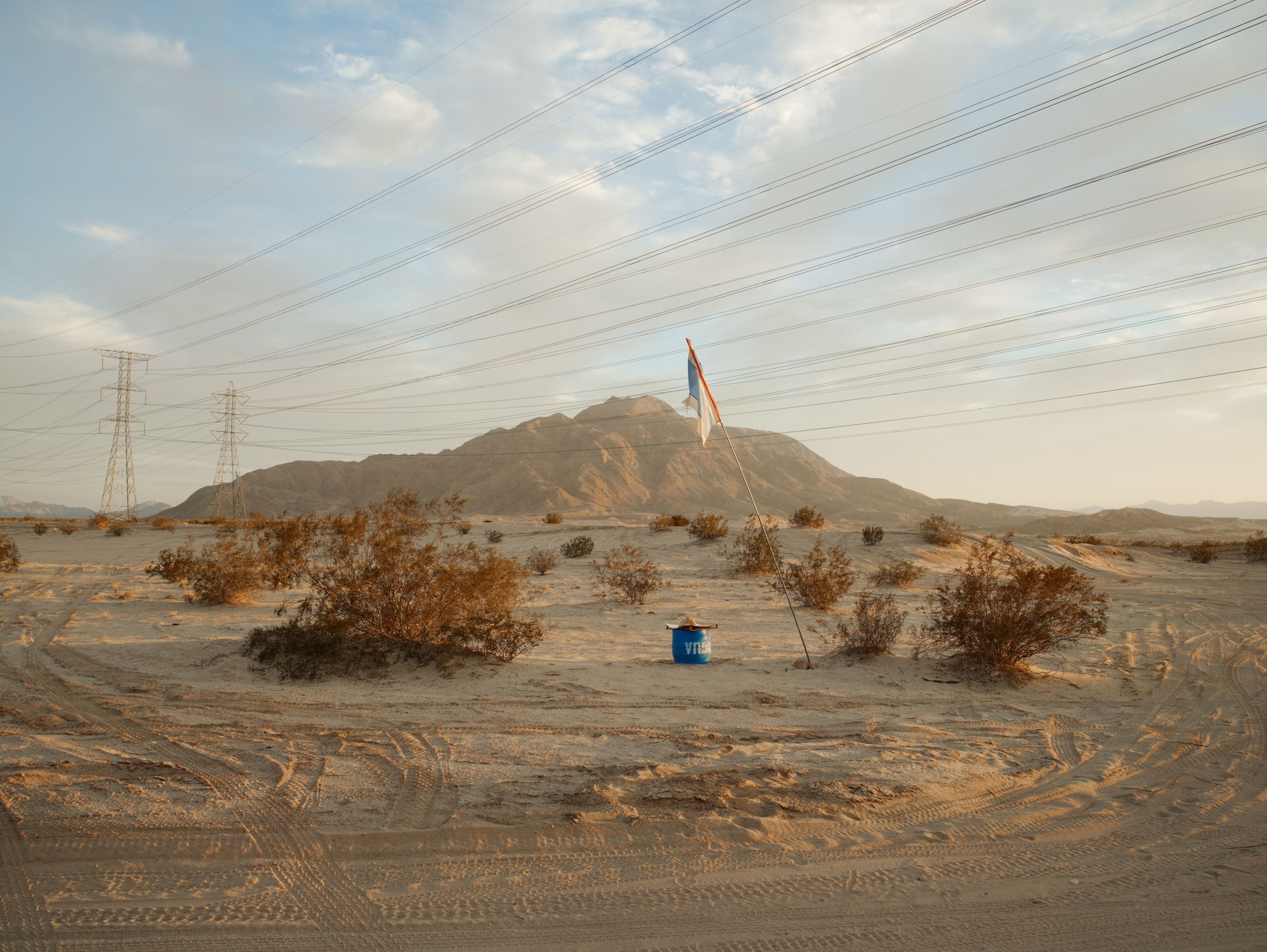
In 2009—as I became aware of an increase in the building of walls and surveillance towers and other government activities along the 1,954-mile-long U.S. border with Mexico—I began photographing in earnest. That’s also when I discovered that the original barrel was a water station placed by a humanitarian group to help prevent the dehydration and death of migrants crossing the border.
The way I have always worked is by focusing on the landscape. Rarely do my images represent people, yet their passage is always felt. The presence of absence.
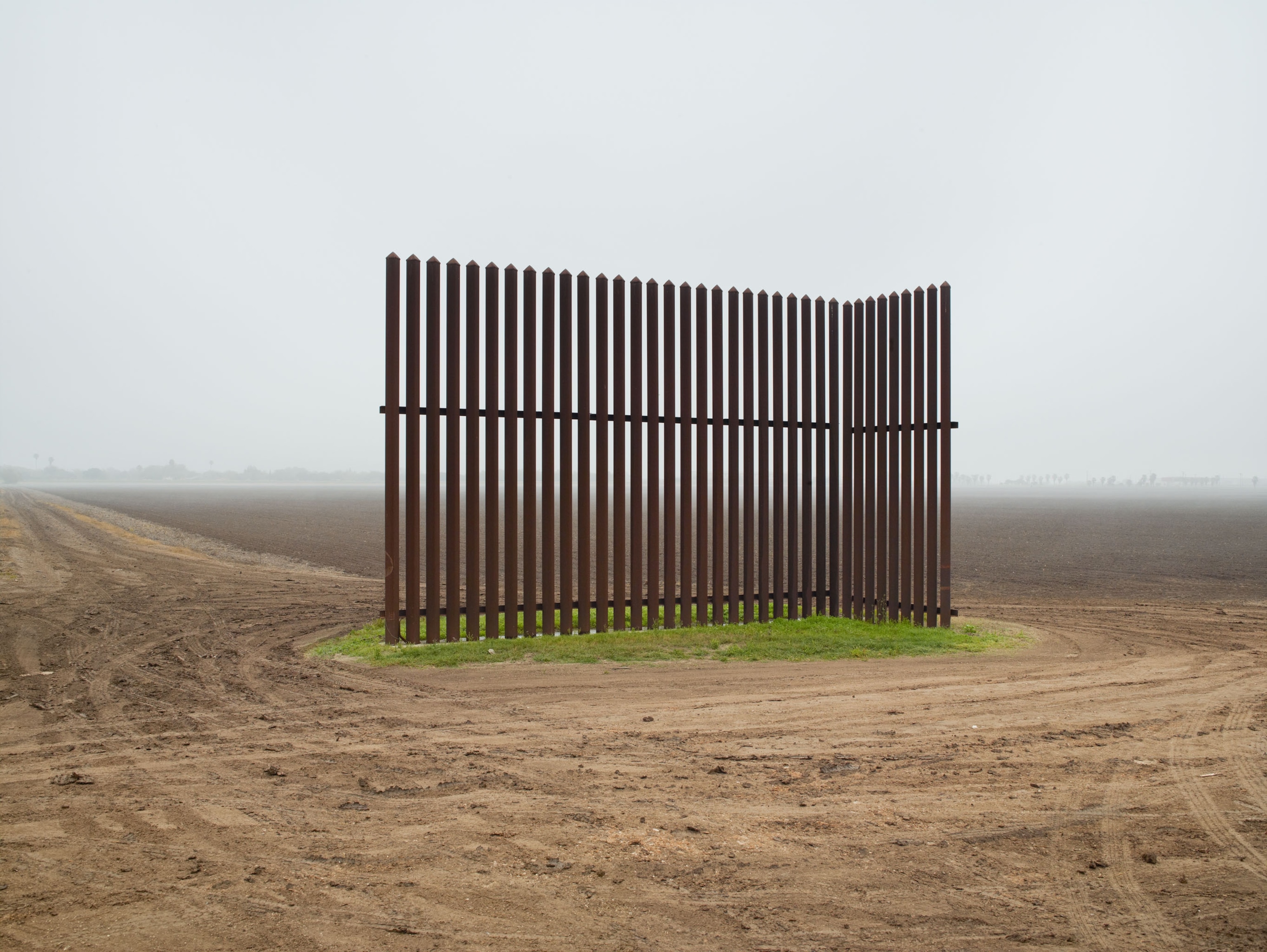
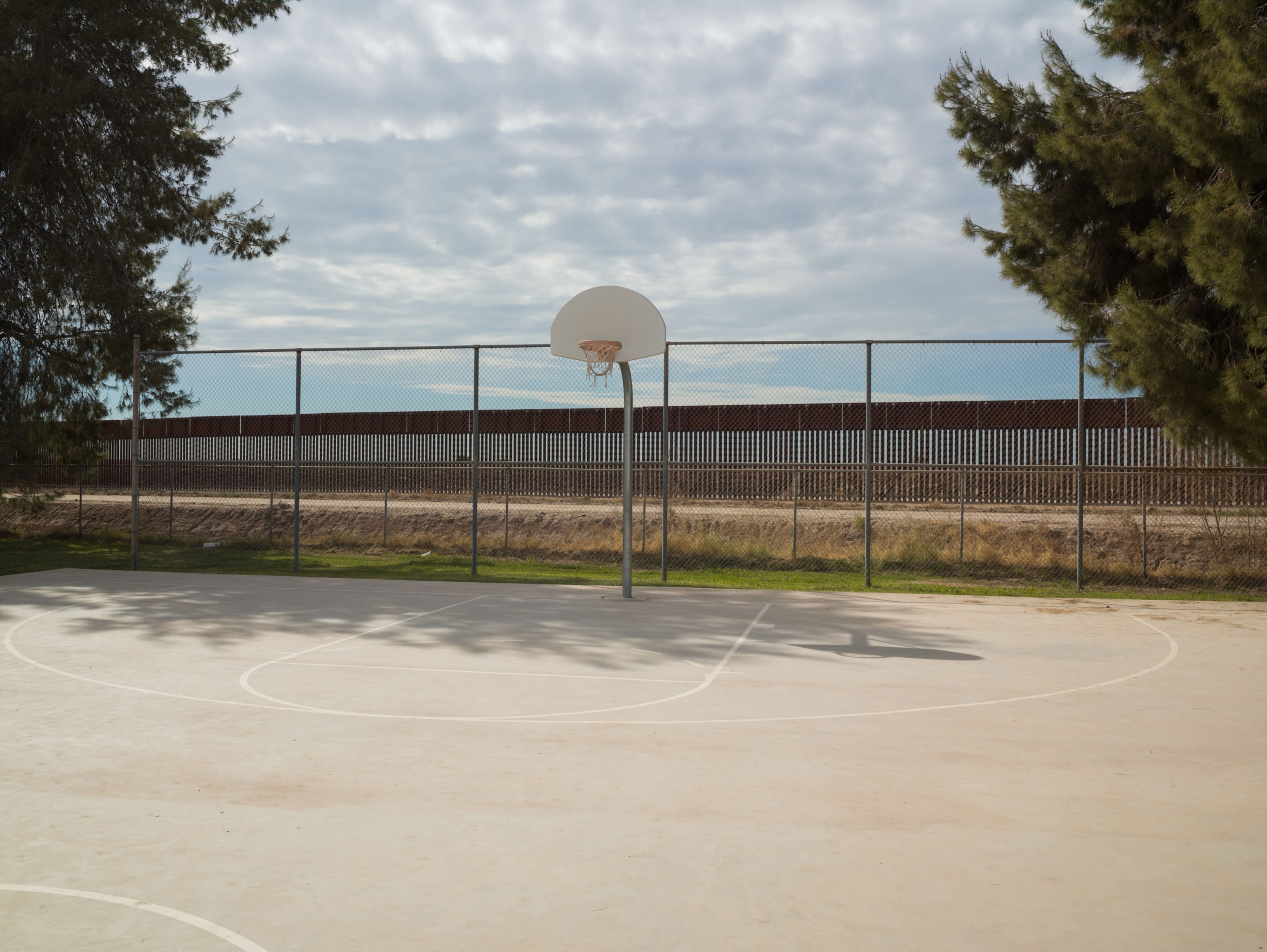
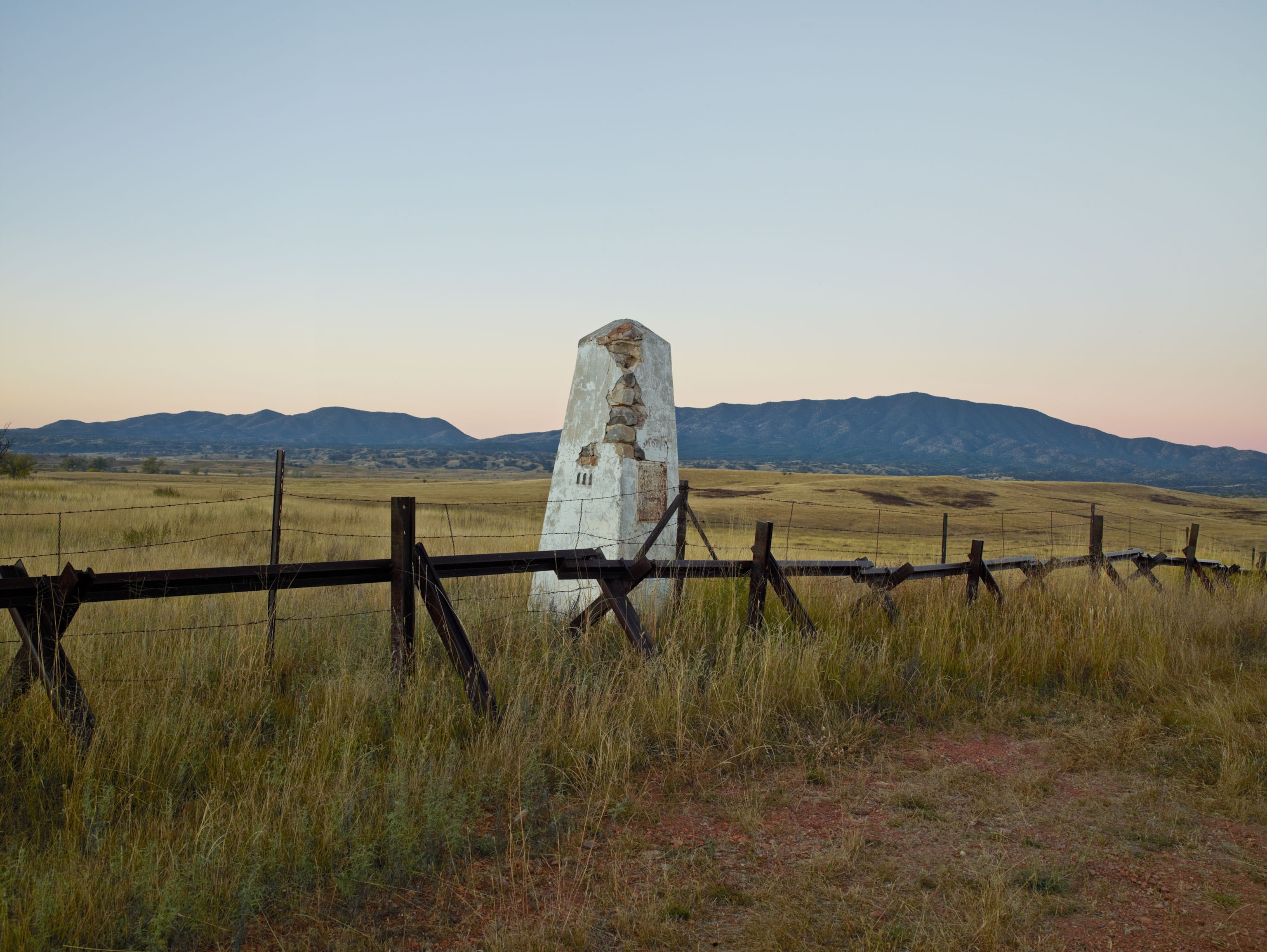
For this project I’d usually fly to a city and rent a four-by-four so I could explore the more remote regions of the border. Sometimes I’d set off a ground sensor, which brought out U.S. Border Patrol agents. Some were terrific—one even came out to protect me because she was worried that cartel activity was nearby—but others could be hostile.
People who don’t live near the border may not realize that there’s already a lot of wall in place—roughly 700 miles. It’s expensive and laborious. You have to design it, fabricate it, pay eminent domain to landowners, then install it. One mile of wall has cost anywhere from $4 million to $12 million.
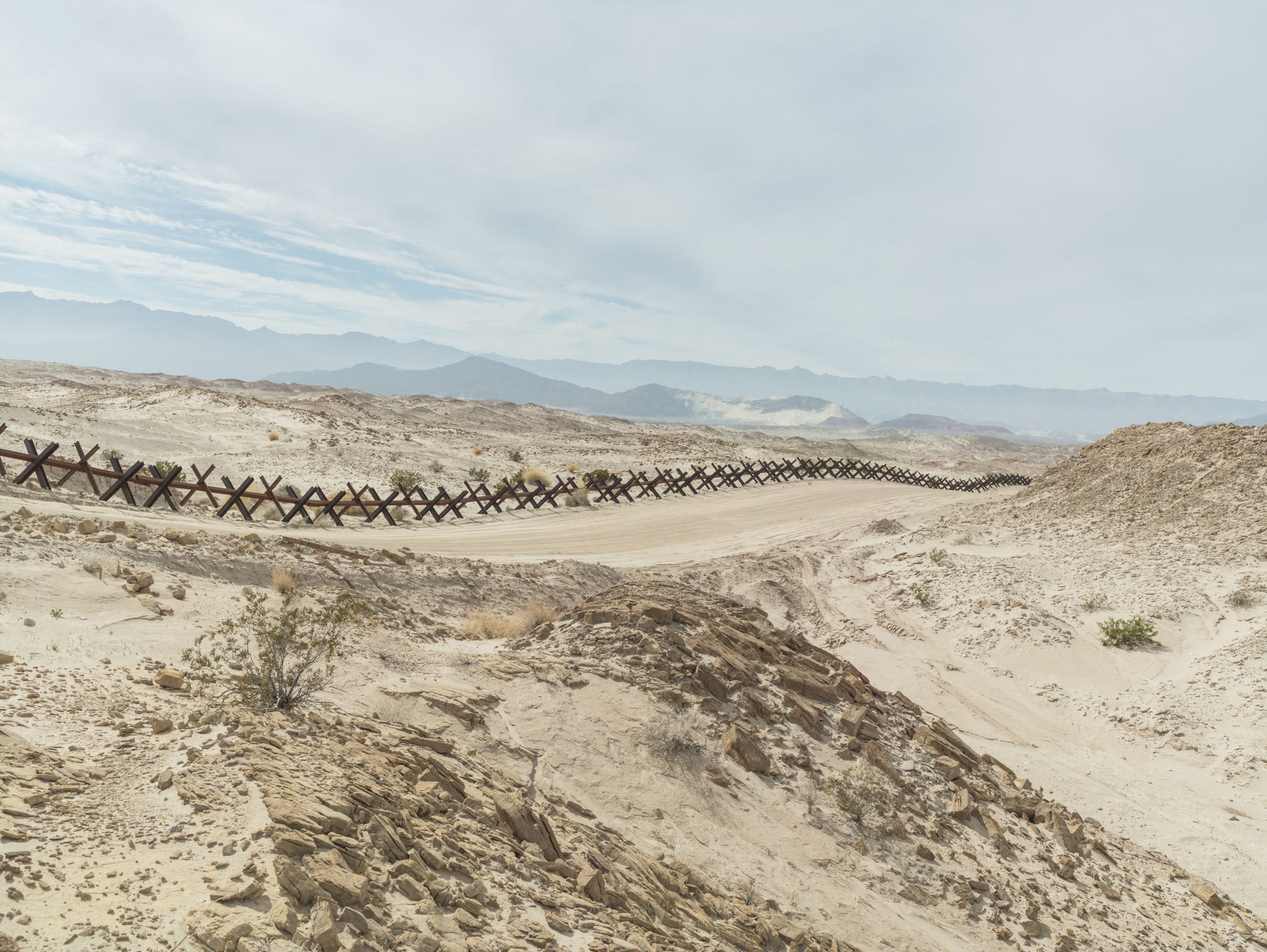
But how much good does it do? People can climb over it, tunnel under it, and—when it abruptly ends—walk around it.
Functionally speaking, a border wall attempts to do two things. One is to stem migration—people coming into this country for greater opportunity. But only when we stop hiring will they stop coming.
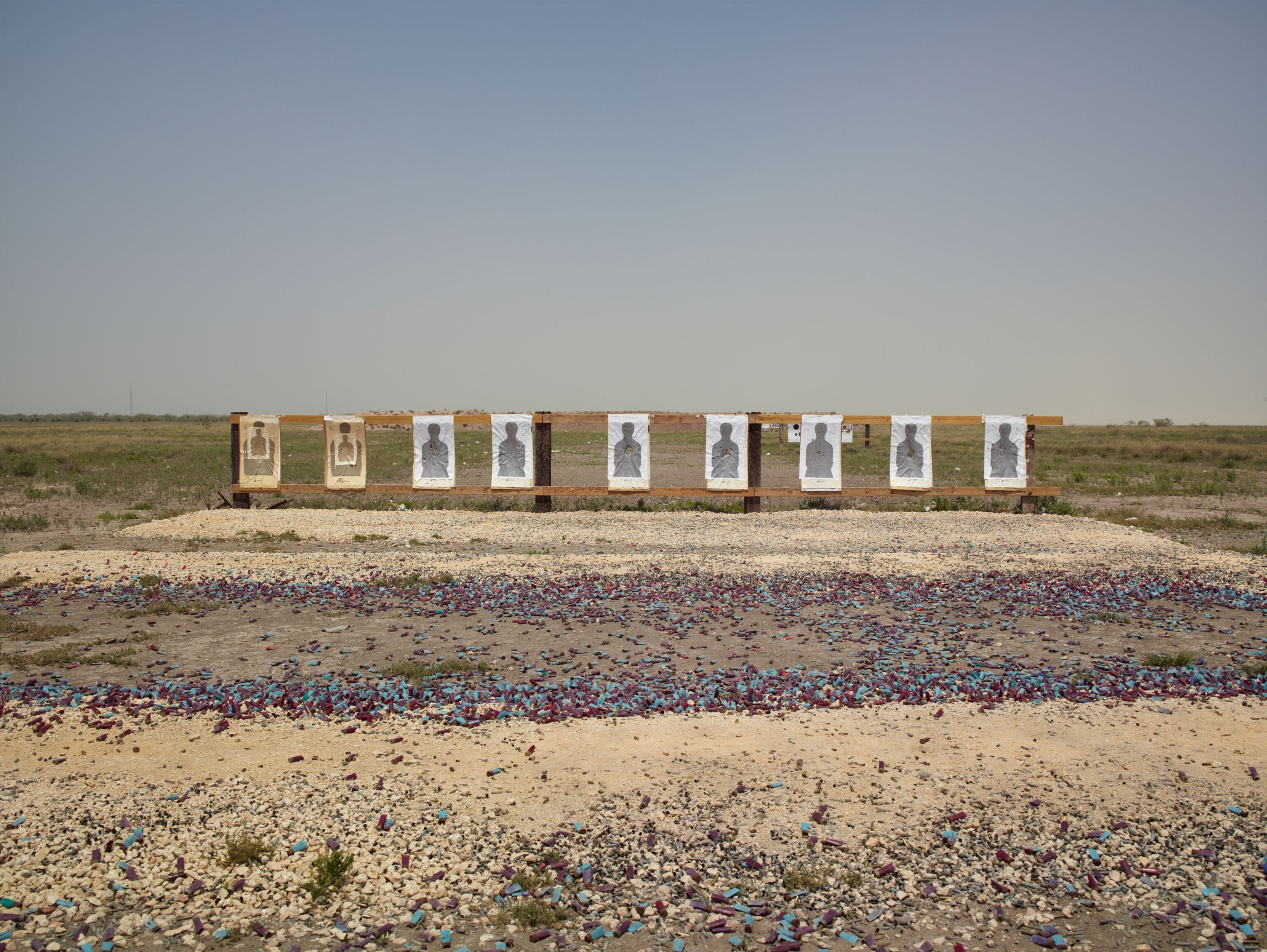
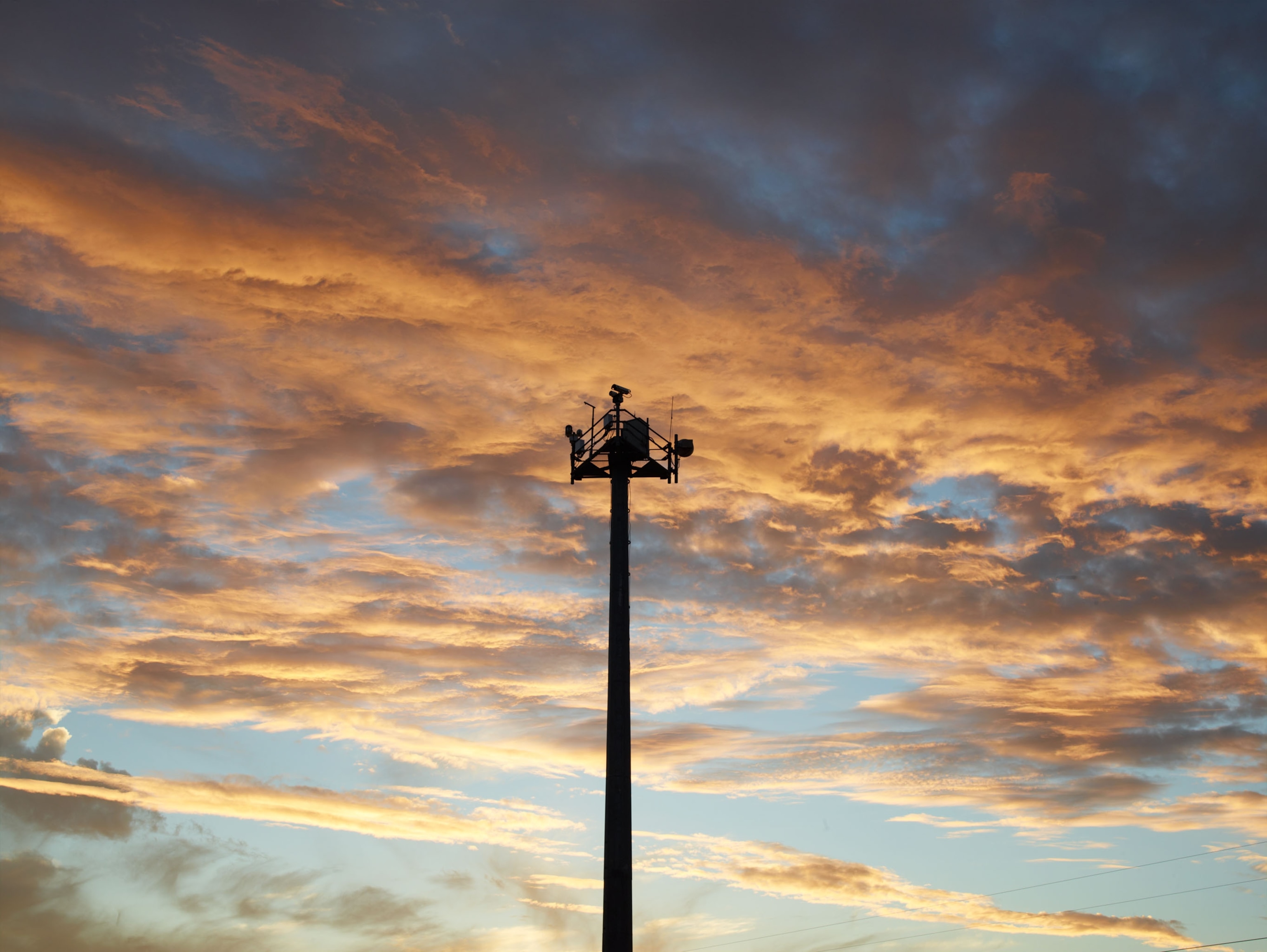
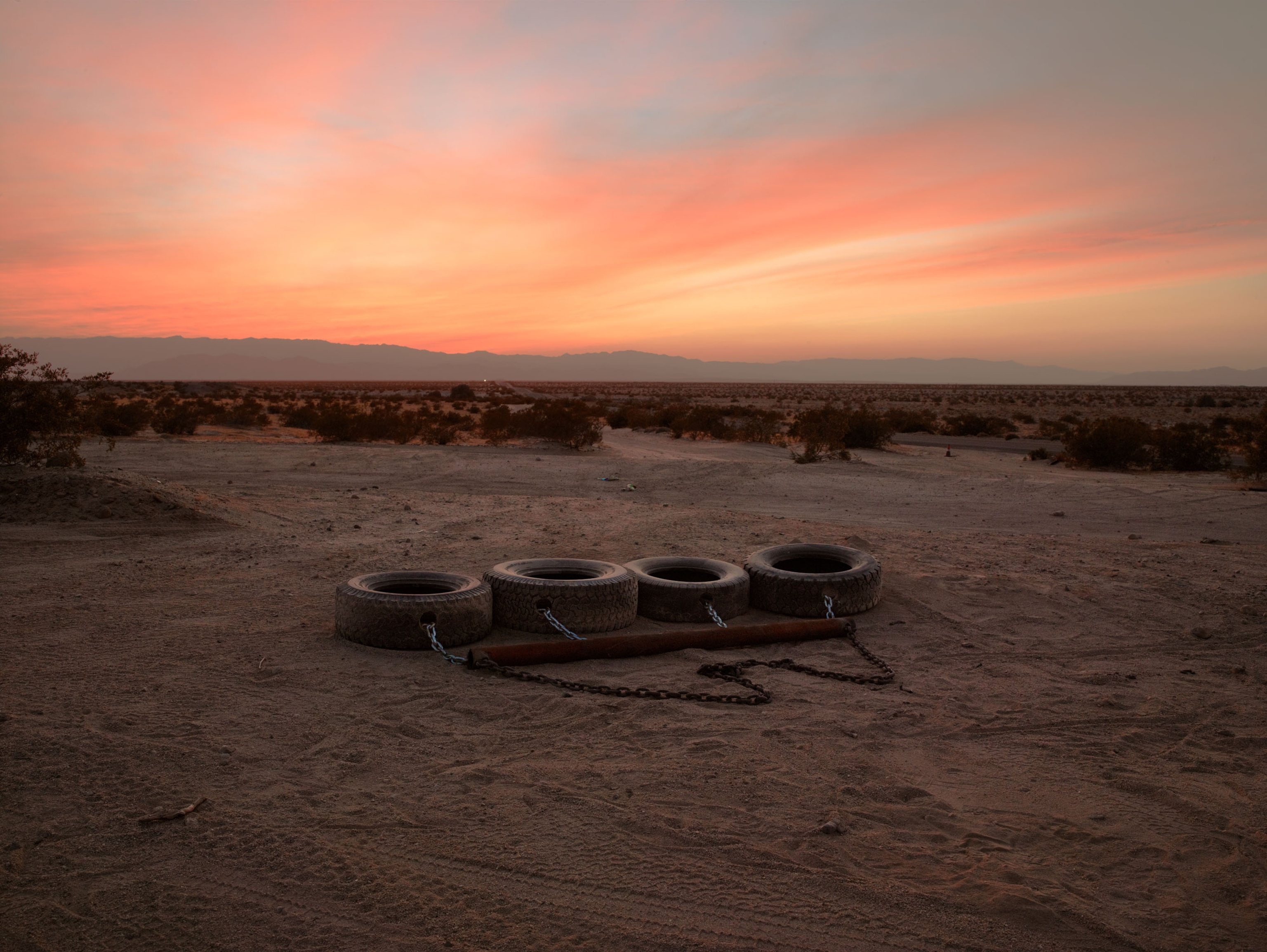
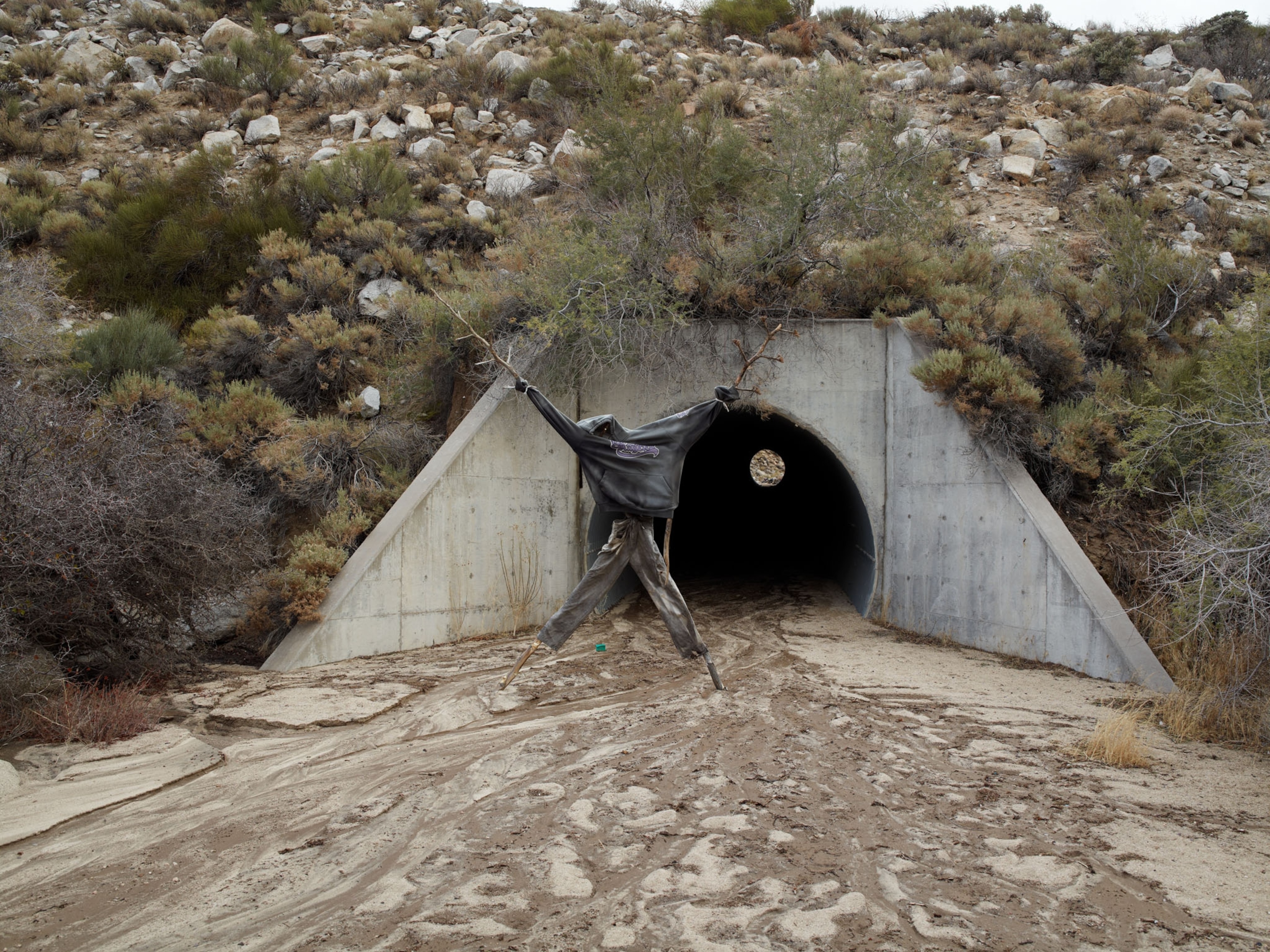
The other is to keep out drugs—but Americans are the ones creating the demand. Until we address the problem successfully on our end, the cartels will find ways to get through. A wall doesn’t stop the reasons that this is happening.
It has been argued that the idea of national sovereignty—that the nation-state has impermeable borders—has already been broken, by everything from the Internet to global capitalism to viruses. Borders are collapsing on an existential level. To me the building of walls seems more symbolic than anything, a desperate gesture.
These images exist where politics, culture, and nature intersect. Although I don’t have answers to these complex problems, I hope my work generates serious contemplation of the issues at hand.
